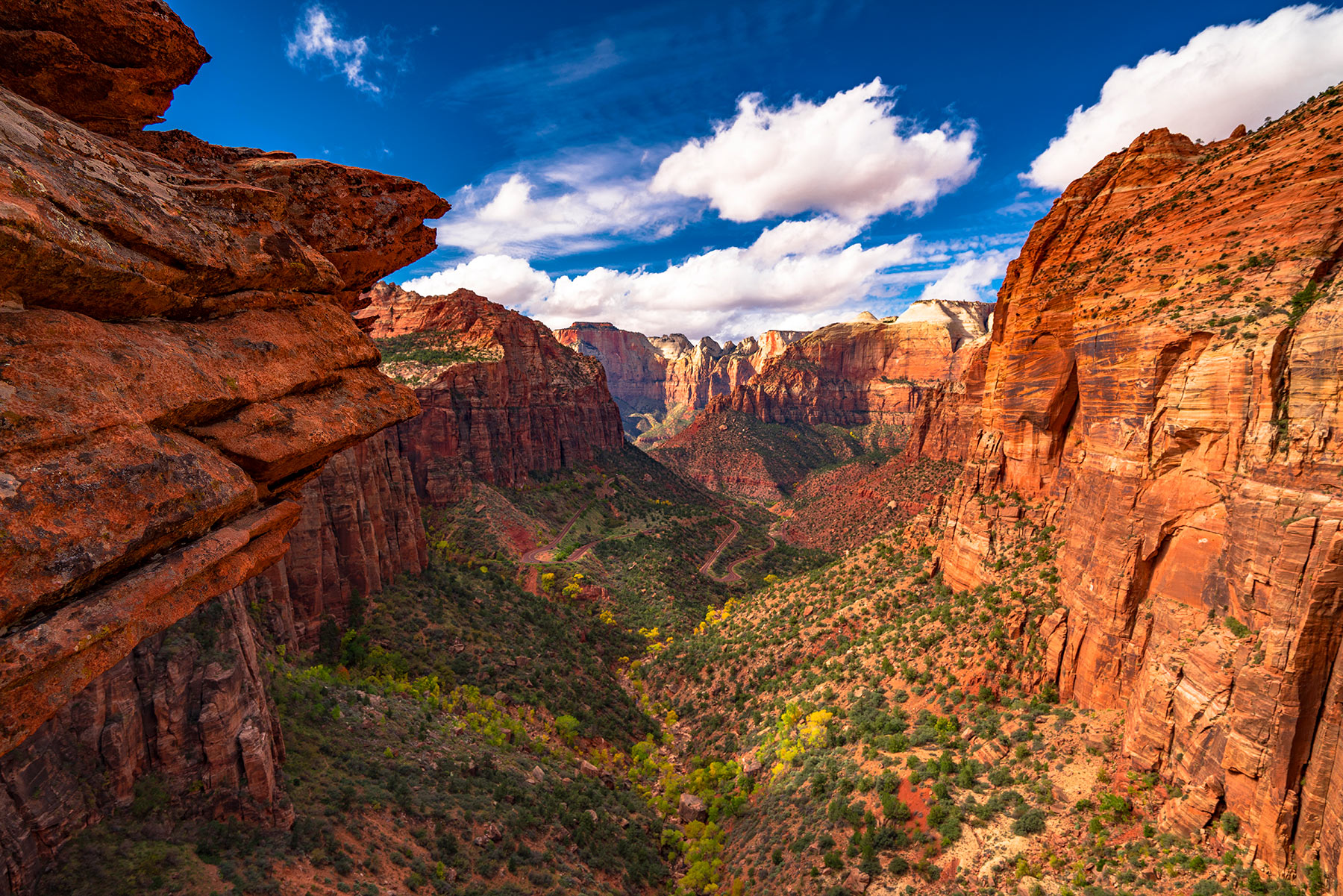
Article Summary: Zion National Park Facts
Zion National Park Facts! In this article, we provide you with 12 fantastic facts about one of America’s most magnificent national parks.
More Than Just Parks is your one-stop-shop when it comes to learning everything you’ll need to know about America’s national parks. We’ve got expert guides, beautiful photos, helpful tips, breathtaking films and so much more.
I’ve been to so many of these amazing places since retiring from teaching in 2018. Did I mention that I taught history? I spent a lifetime teaching about the history behind some of these natural wonders. Then I got to see them firsthand.
And now I’m sharing some of the incredible stories about these beautiful places with you. It doesn’t get any better than that!
More Than Just Parks takes a deeper dive with its national park facts. We’ve done our homework so that you’ll get more than you bargained for.
Without further ado, let’s dive in.
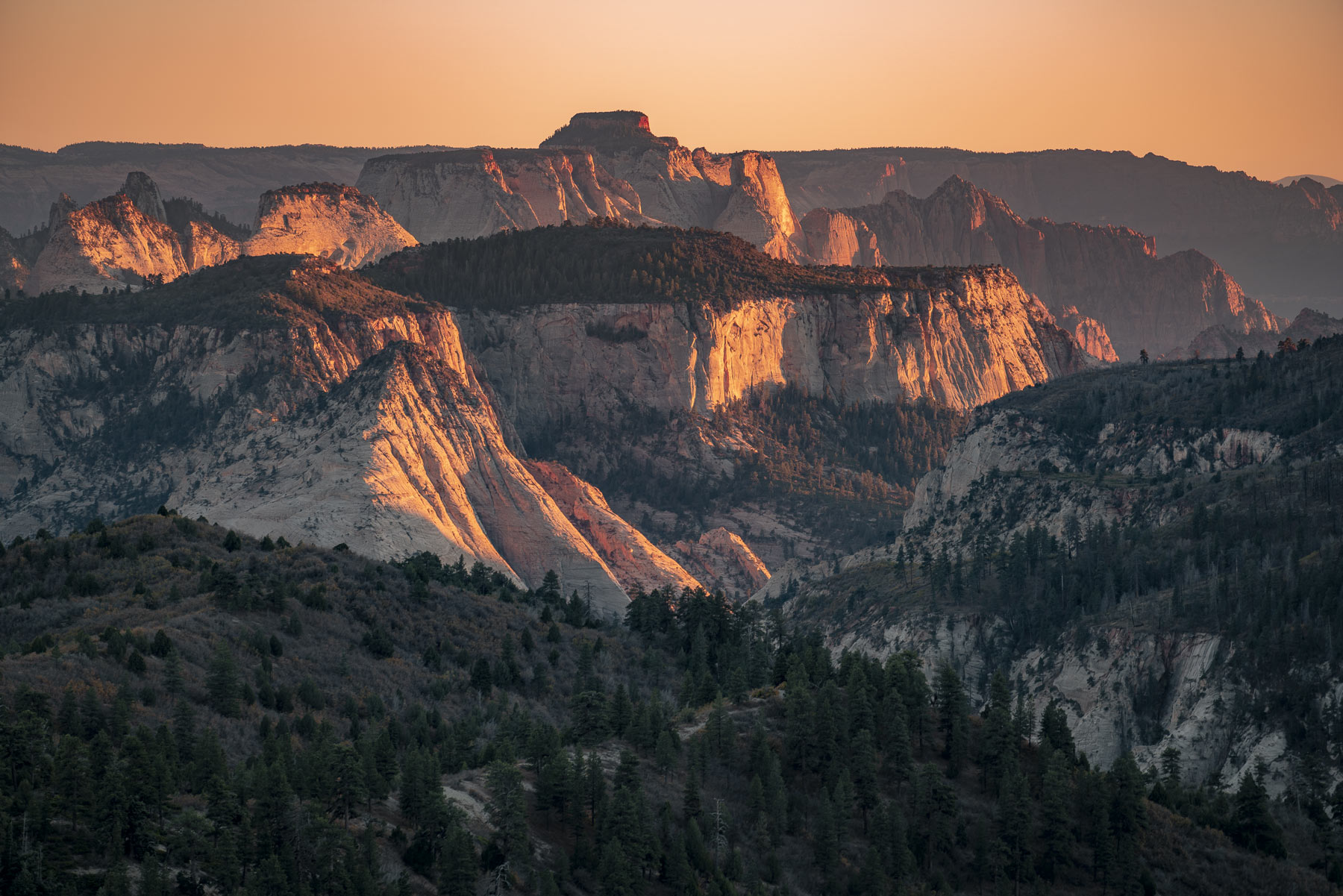
Table Of Contents: Zion National Park Facts
Zion National Park Facts
- Facts About Zion National Park
- Zion National Park Facts
- Top 5 Facts About Zion National Park
- 1. People Have Lived In & Around Zion Canyon For Thousands Of Years
- 2. A Prominent American Archaeologist Unlocked Our Understanding Of Zion’s Past
- 3. An Artist & Topographer Helped To Immortalize The Park
- 4. Some Of The First European Settlers To Inhabit Zion Were The Mormons
- 5. An American President Marveled At The Wonders Of Zion National Park
- Top 10 Zion National Park Facts
- 6. Zion Is Home To A Diverse Array Of Wildlife
- 7. Zion Includes One Of The World’s Largest Freestanding Arches
- 8. The Park Features Some Amazing Hiking Trails
- 9. Zion Features One Of The Greatest Engineering Feats Of All Time
- 10. The Park Features A Place With Spectacular Views, But It’s Also A Dangerous Place Too
- Top 12 Zion National Park Facts
- Meet The Parks Brothers
- Map Of Zion National Park
- We Hope You’ll Follow Our Journey
- Top 5 Facts About Zion National Park
Facts About Zion National Park
Zion National Park is a scenic natural area located in southwestern Utah, United States. Some basic facts about the park include:
- Size: Approximately 229 square miles (593 square kilometers).
- Elevation: The elevation at the park ranges from 4,000 feet (1,220 meters) to 8,726 feet (2,660 meters) at the summit of Horse Ranch Mountain.
- Climate: The park experiences a semi-arid climate, with hot summers and cool winters.
- Geology: Zion is famous for its spectacular rock formations, including towering sandstone cliffs, deep canyons, and unique rock formations such as the iconic “Checkerboard Mesa.”
- Wildlife: The park is home to a variety of wildlife, including deer, mountain lions, bighorn sheep, and more.
- Visitors: Zion National Park receives over 4 million visitors annually, making it one of the most popular national parks in the United States.
- Recreational opportunities: The park offers a variety of recreational opportunities, including hiking, camping, rock climbing, and scenic drives. The most famous hike is Angels Landing, which provides breathtaking views of the surrounding landscape.
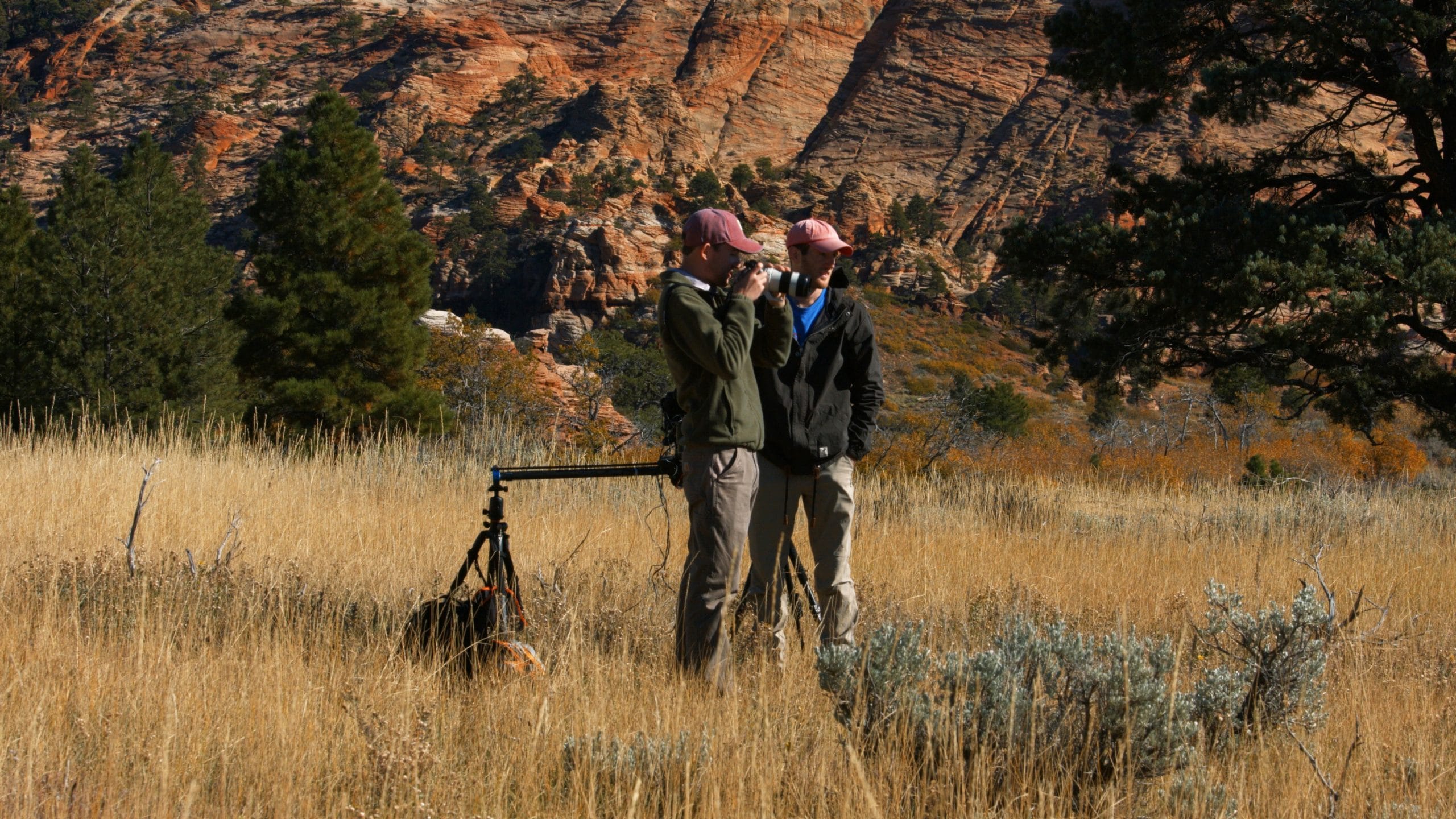
CHECK OUT: UTAH NATIONAL PARKS (THE MIGHTY 5)
Zion National Park Facts
Top 5 Facts About Zion National Park
1. People Have Lived In & Around Zion Canyon For Thousands Of Years
As a retired history teacher and lifelong history buff, I love to learn about the history of America’s national parks. For me, one of the most Fascinating Zion National Park Facts has to do with the park’s intriguing history.
Zion National Park has a rich cultural history, with indigenous peoples residing in the area for thousands of years before being joined by Mormon pioneers in the mid-1800s.
Today, descendants of these communities still live in the region and their family records and oral traditions provide important information and perspectives on the park’s history, culture, and significance.
Additionally, government agencies have also contributed to the park’s rich archeological record. These multiple layers of cultural heritage are an important part of what makes Zion National Park a unique and important part of America’s national park system.
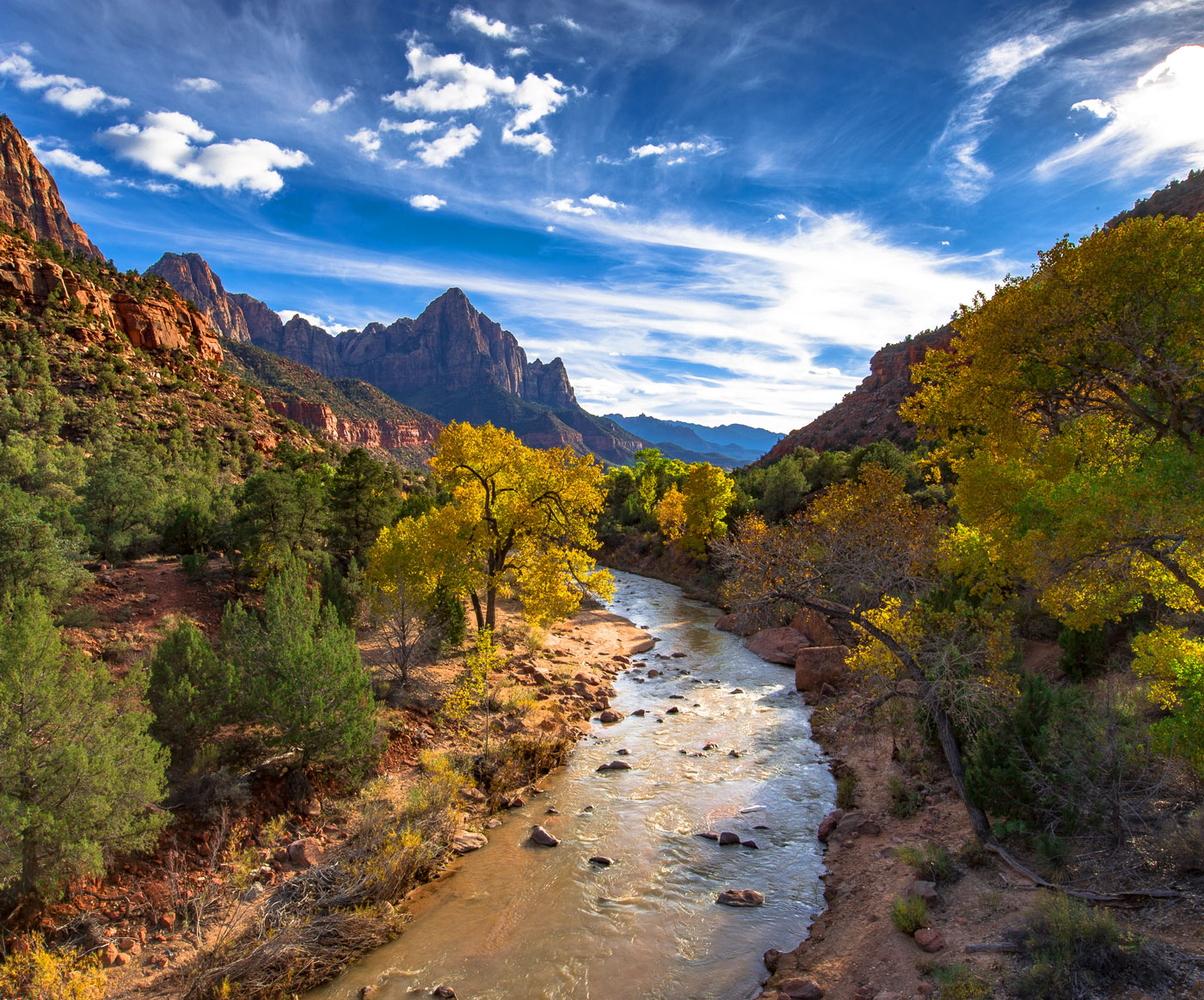
CHECK OUT: 15 SURPRISING Facts About Bryce Canyon National Park
2. A Prominent American Archaeologist Unlocked Our Understanding Of Zion’s Past
One of the most fascinating of the Zion National Park Facts has to do with an American archaeologist who has contributed greatly to our understanding of this important area.
Ben Wetherill was a prominent American archaeologist and scholar who conducted several archaeological expeditions in Zion National Park, Utah during the early 20th century.
Wetherill’s work in the park was significant in contributing to our understanding of the area’s indigenous cultural history, specifically the Ancestral Puebloan peoples who inhabited the region from approximately 200-1300 AD.
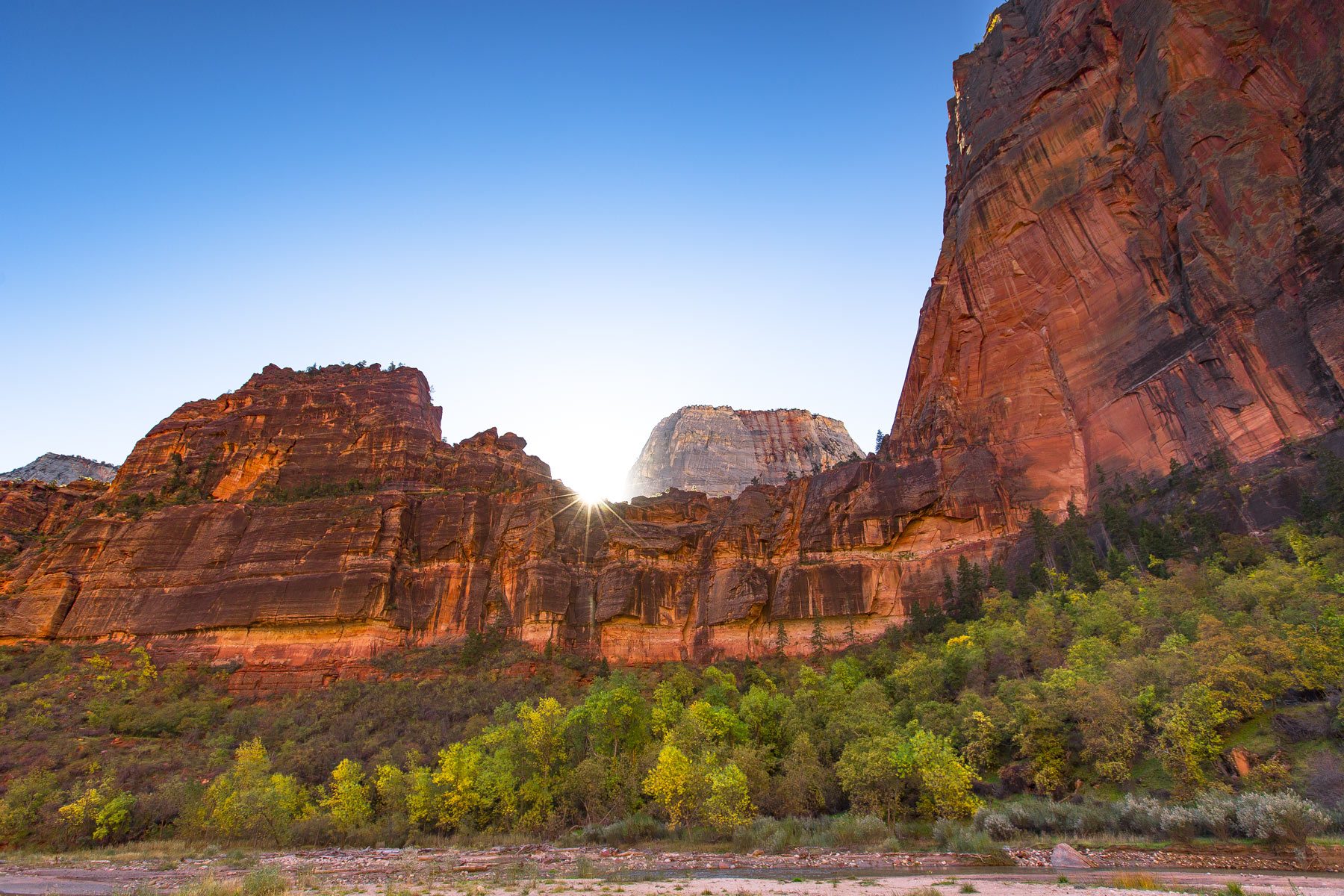
He Became Interested In The Area In 1909
Wetherill first became interested in the area while leading a group of tourists through Zion Canyon in 1909. He was fascinated by the ancient ruins and rock art he encountered there, and began conducting his own archaeological surveys of the area in the following years.
Over the course of several seasons, Wetherill and his team excavated numerous Ancestral Puebloan sites within the park, uncovering artifacts and architectural features that provided important insights into the daily lives of these ancient peoples.
Wetherill’s expeditions in Zion National Park were groundbreaking at the time and helped to establish the park as a significant cultural resource. His work also paved the way for future generations of archaeologists to continue exploring and learning from the rich cultural heritage of the area.
Today, Wetherill’s legacy continues to influence and inform our understanding of the park’s cultural history, and his pioneering work remains an important part of Zion’s rich cultural and scientific heritage.
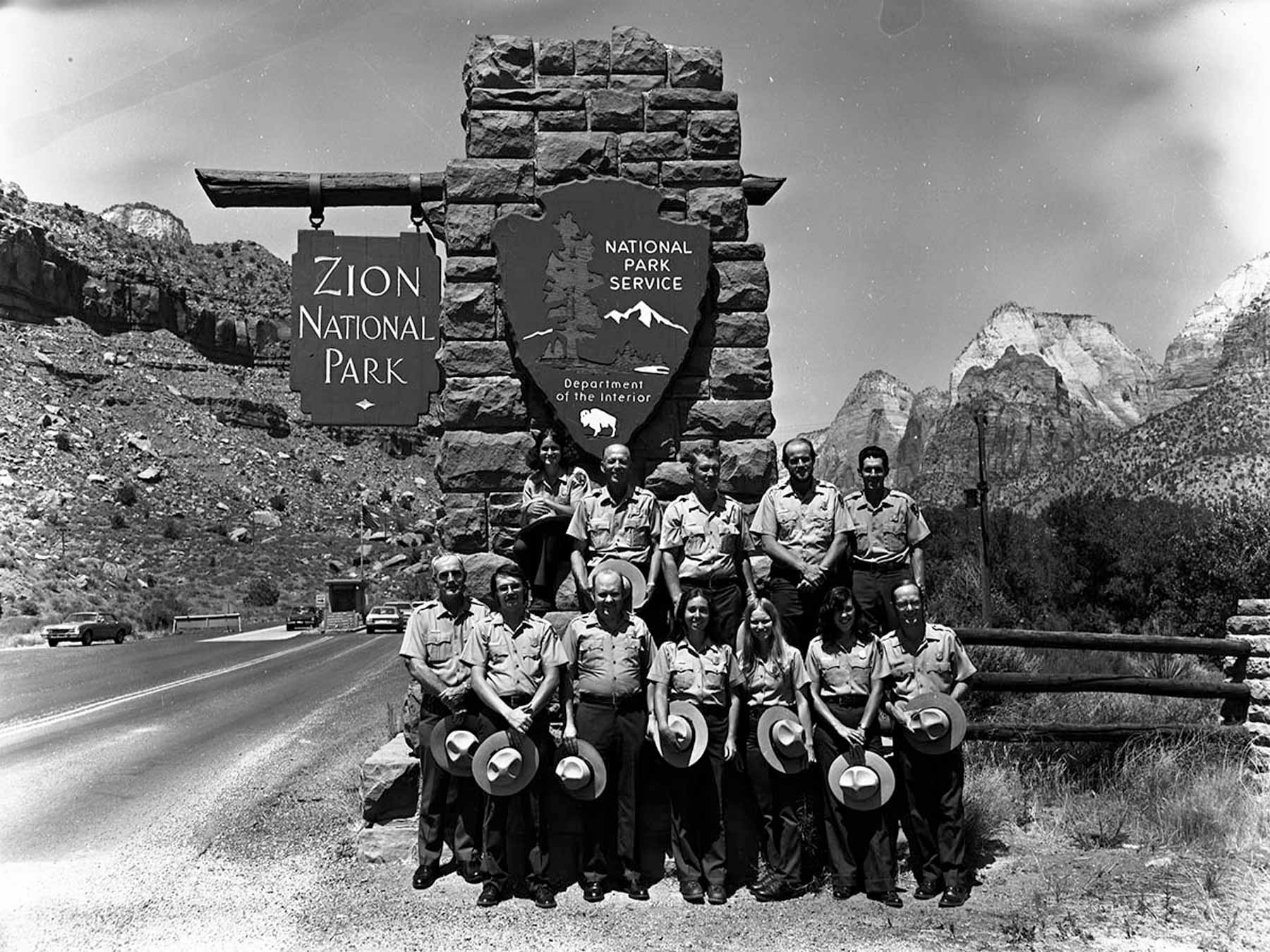
CHECK OUT: 14 AMAZING Facts About Canyonlands National Park
3. An Artist & Topographer Helped To Immortalize The Park
Another of the fascinating Zion National Park Facts has to do with a talented artist and topographer who helped to make the park well known.
Frederick S. Dellenbaugh was a talented artist and topographer who played a significant role in bringing attention to the beauty and importance of Zion Canyon.
His experiences on John Wesley Powell’s second expedition of the Colorado River gave him a unique perspective on the western landscape, and his subsequent visit to Zion Canyon in 1903 inspired him to create a series of paintings that captured the majesty of the area.
Dellenbaugh’s publication of “A New Valley of Wonders” in Scribner’s Magazine helped to raise awareness of the canyon’s beauty and significance among the American public, and his images and words likely played a role in the eventual establishment of Zion National Park.
Today, Dellenbaugh’s legacy continues to inspire new generations of artists and adventurers, and his pioneering work remains an important part of Zion’s cultural heritage.
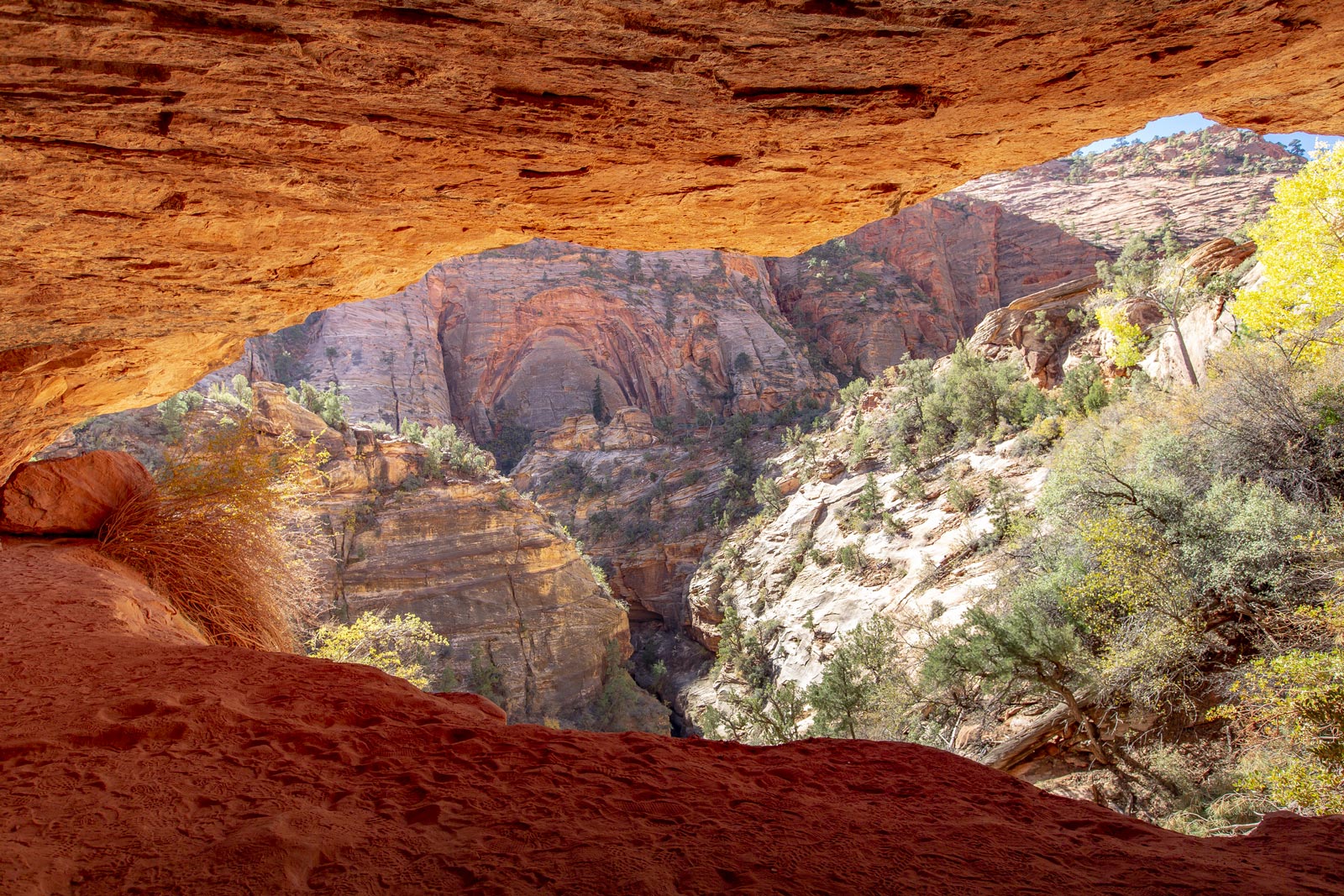
CHECK OUT: 12 AMAZING Facts About Capitol Reef National Park
4. Some Of The First European Settlers To Inhabit Zion Were The Mormons
The Mormon pioneers, members of The Church of Jesus Christ of Latter-day Saints, were some of the first European settlers to inhabit the area that is now Zion National Park. They established communities in the region, and their cultural heritage and history is an important part of the park’s cultural heritage.
The Mormon pioneers saw the natural beauty of the region as a physical manifestation of Zion, which in their religious beliefs refers to a place of peace and refuge.
The park was established as Mukuntuweap National Monument in 1909, and its name was changed to Zion National Park in 1919.
Today, the LDS Church continues to have a presence in southern Utah and many Mormon families visit the park as part of their cultural and spiritual heritage. However, the park is owned and managed by the National Park Service, a government agency, and is open to visitors of all backgrounds and beliefs.
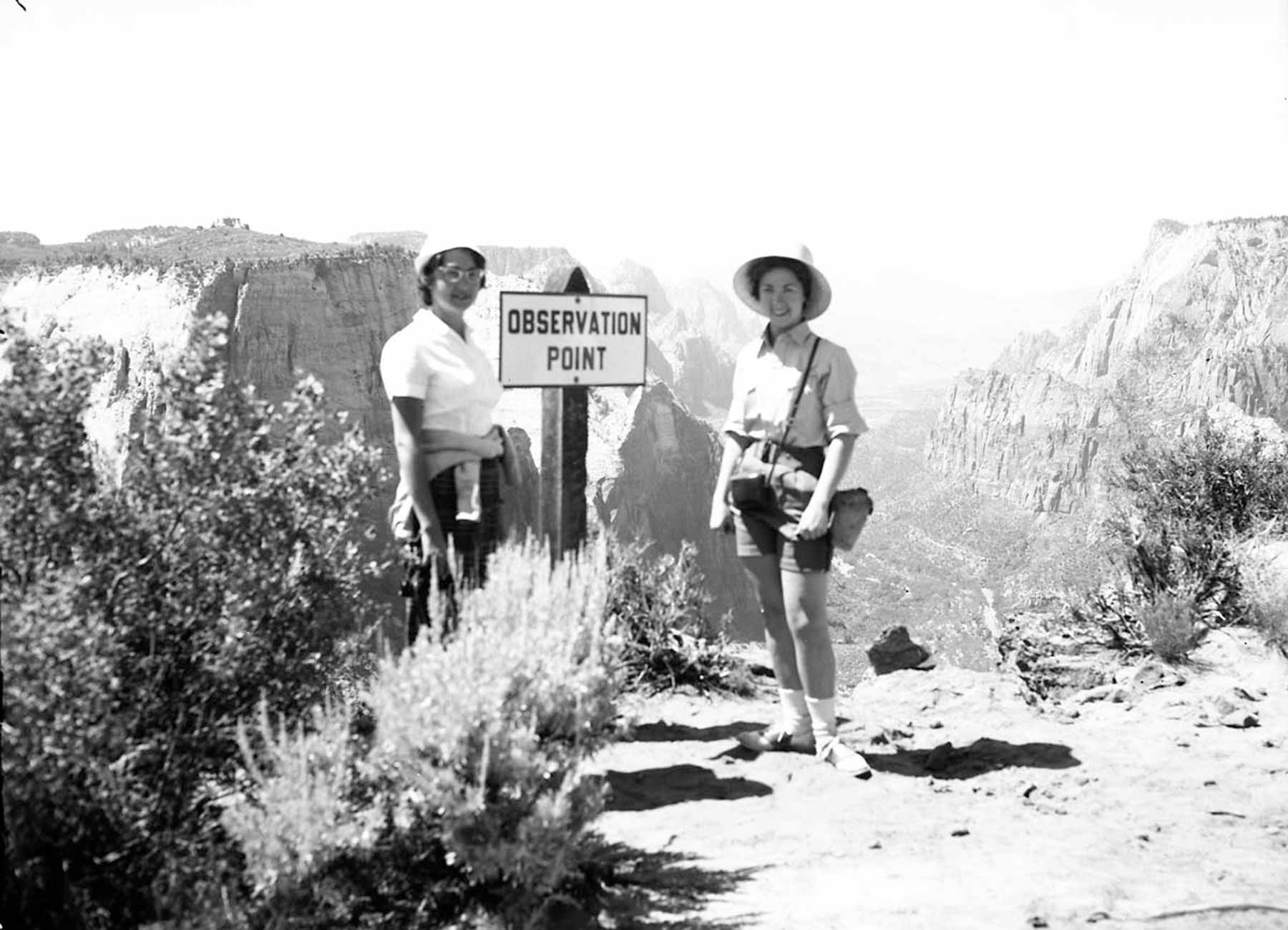
CHECK OUT: 14 AMAZING Facts About Biscayne National Park
5. An American President Marveled At The Wonders Of Zion National Park
Another of the fascinating Zion National Park Facts is the story of an American President who journeyed to the region and marveled at the wonders of what was then one of America’s newest national parks.
In 1923, four years after Zion had become a national park, President Warren G. Harding made a visit to southern Utah was part of a broader tour of the western United States designed to bring him “closer to the people and their conditions.”
Harding was impressed by the natural beauty of Zion National Park and the surrounding area and predicted that future Presidents would follow in his footsteps and visit the area.
This visit helped to bring national attention to Zion National Park and helped to establish it as a popular tourist destination.
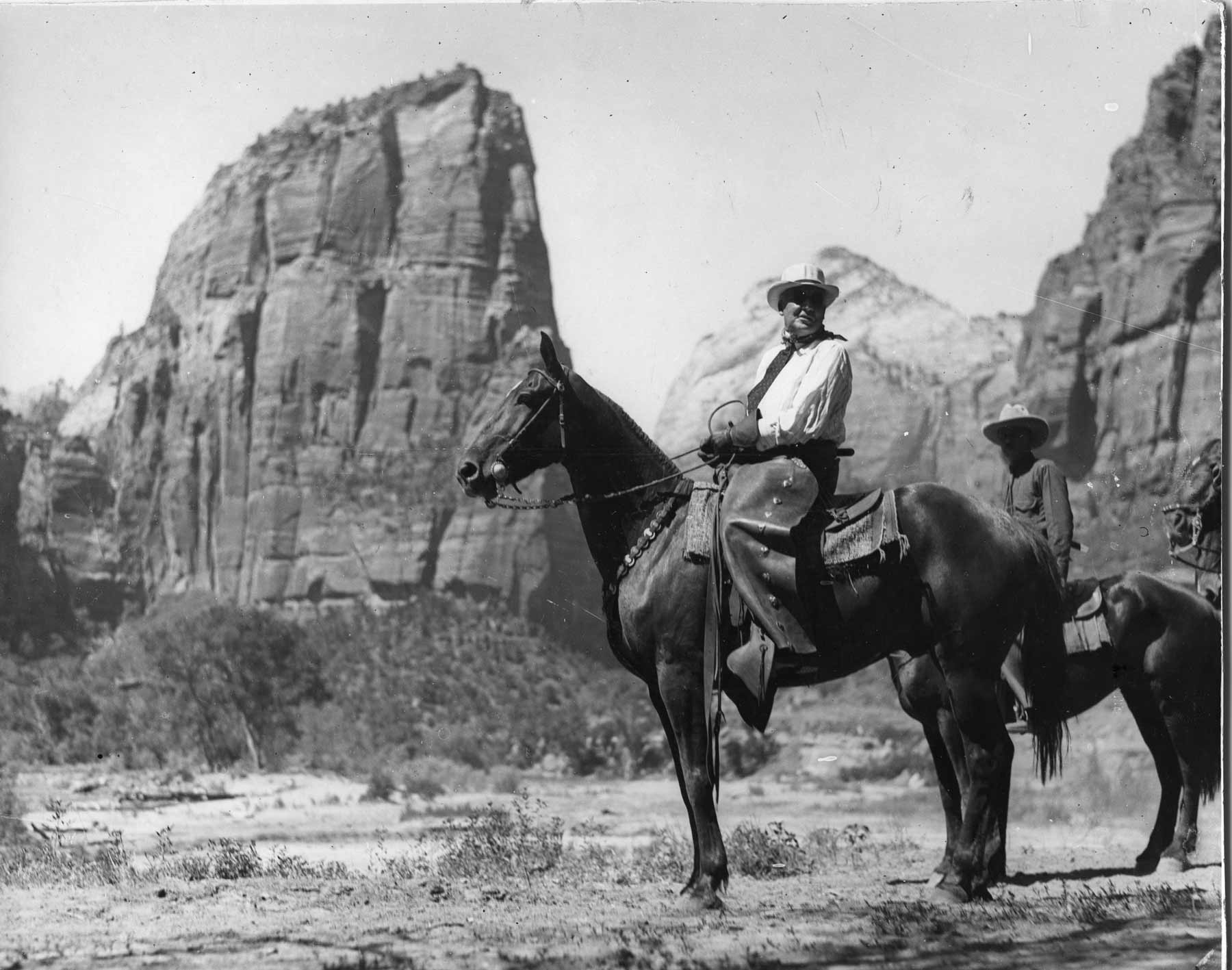
“I am the first President of the United States to come…but I feel sure when I tell of this trip to my successors all future Presidents will come to visit this country of wonders.”
-President Warren G. Harding after his June 1923 trip to Zion and southern Utah
Top 10 Zion National Park Facts
6. Zion Is Home To A Diverse Array Of Wildlife
Zion National Park is home to a diverse range of wildlife, including both terrestrial and aquatic species. Some of the most commonly seen animals in the park include:
- Mule deer: These are the most frequently seen large mammals in the park, and they can often be spotted along the park roads and trails.
- Rock squirrels: These squirrels are native to the area and are often seen near picnic areas and campgrounds.
- Bighorn sheep: These majestic animals are native to the park and are often seen on the park’s high cliffs and rocky ledges.
- Wild turkeys: These birds are often seen in the park’s lower elevations, particularly near water sources.
- Desert tortoises: These slow-moving reptiles are protected in the park and are only found in the park’s lower elevations.
- Fish: The Virgin River and its tributaries within the park support a variety of fish species, including rainbow trout, brown trout, and smallmouth bass.
- Birds: Zion National Park is a popular destination for birdwatching, with over 289 species of birds having been recorded in the park, including the American dipper, the peregrine falcon, and the canyon wren.
This is just a small selection of the wildlife that can be found in Zion National Park. Visitors are encouraged to observe wildlife from a safe distance and not to feed or disturb the animals.
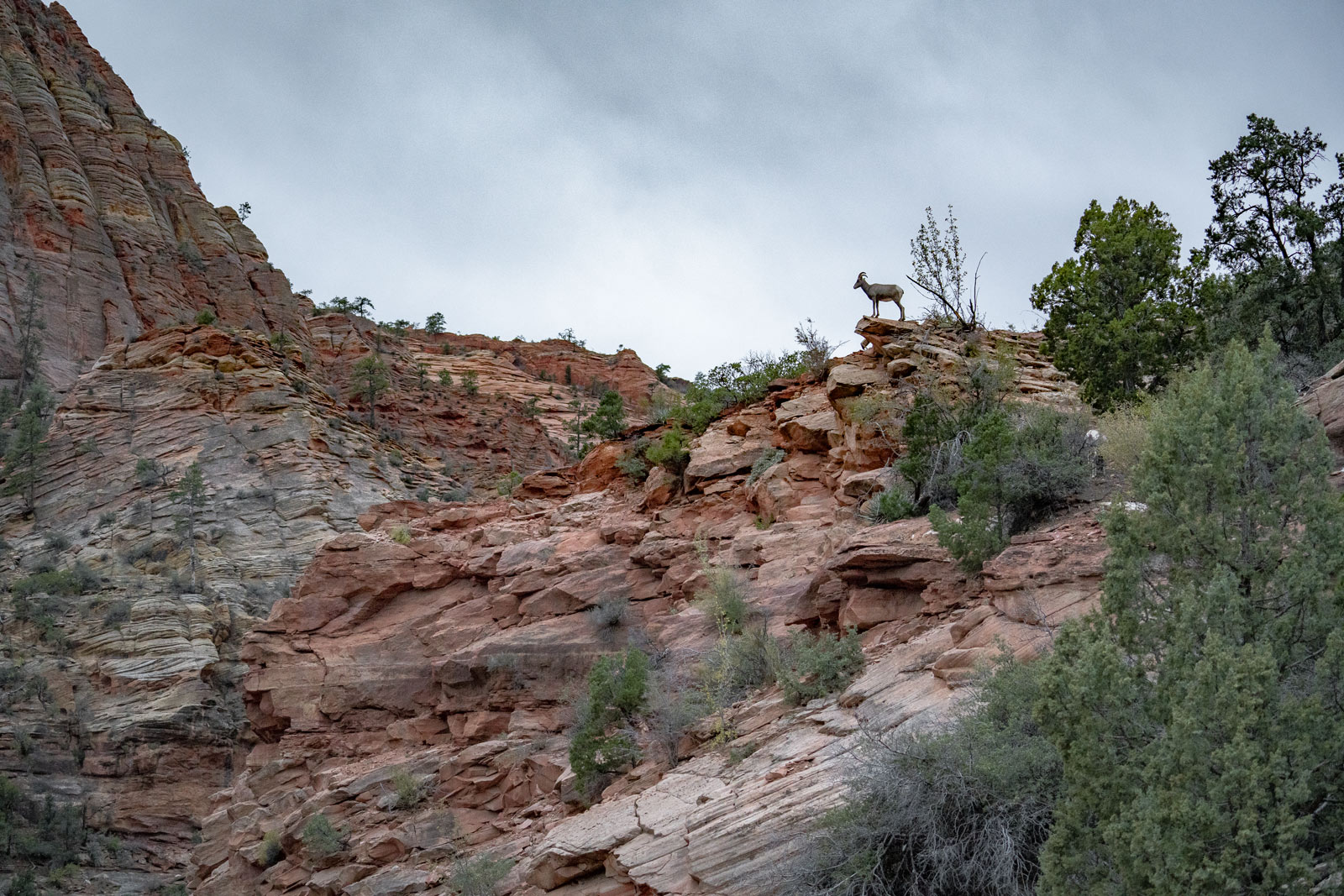
CHECK OUT: 12 SURPRISING Channel Islands National Park Facts
7. Zion Includes One Of The World’s Largest Freestanding Arches
Kolob Arch is a unique natural feature within Zion National Park and is one of the largest arches in the world. It is located in the remote Kolob Canyons District of the park and is accessible only by hiking several miles into the backcountry.
The arch spans 287 feet, making it second only to Landscape Arch in Arches National Park. Visitors who make the trek to see Kolob Arch will be rewarded with breathtaking views of this magnificent natural feature, as well as the scenic beauty of the surrounding landscape.
Kolob Arch is a testament to the power of erosion and the resilience of the natural world, and it remains one of the most awe-inspiring sights in Zion National Park.

8. The Park Features Some Amazing Hiking Trails
Just when you thought we couldn’t come up with any more fascinating Zion National Park Facts, we surprise you. The park is home to some truly amazing hiking trails.
For me, hiking is second only to history in terms of my favorite national park activities.
Zion National Park offers a wide range of hiking trails, from easy walks to strenuous backcountry adventures. Some of the most popular trails in the park include:
- Riverside Walk: A 2.2-mile round-trip hike along the Virgin River that is suitable for visitors of all ages and abilities.
- Angels Landing: A 5.4-mile round-trip hike that features steep switchbacks and narrow ledges with exposure to heights, but offers breathtaking views of the park.
- The Narrows: A 9.4-mile round-trip hike that takes visitors through the narrowest section of the Virgin River and into the heart of the park’s iconic slot canyons.
- Observation Point: A 8-mile round-trip hike that offers panoramic views of the park, including Angels Landing, the Great White Throne, and the Virgin River.
- Emerald Pools: A 1.2-mile round-trip hike to a series of pools and waterfalls that is suitable for visitors of all ages and abilities.
- Hidden Canyon: A 2.9-mile round-trip hike that takes visitors through a narrow canyon with stunning views of the surrounding cliffs.
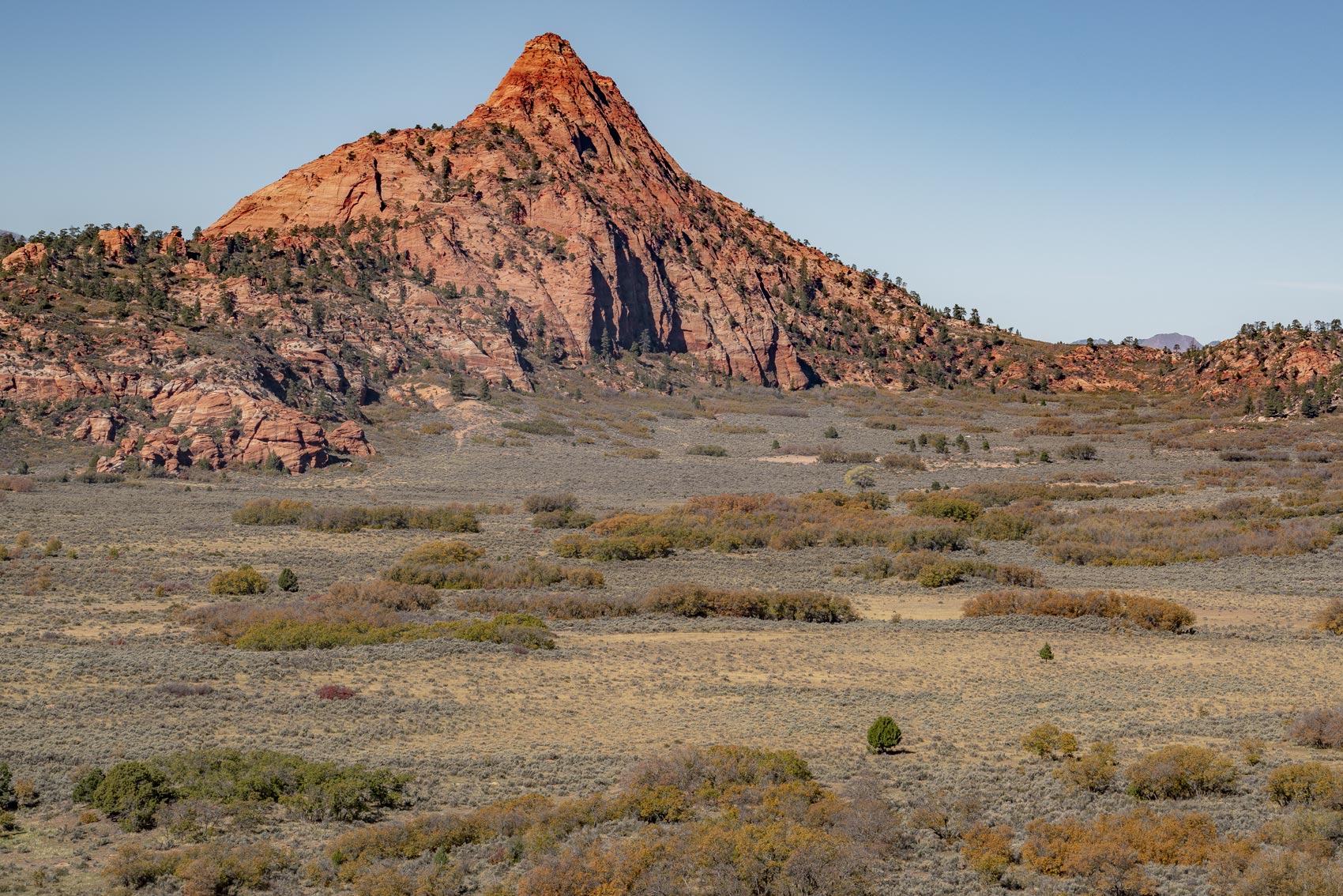
9. Zion Features One Of The Greatest Engineering Feats Of All Time
There are so many amazing facts associated with this incredible park. One of my favorite Zion National Park Facts concerns an engineering marvel which is still impressive by today’s standards.
The Zion-Mt. Carmel Highway and Tunnel is indeed a remarkable engineering feat that has made Zion National Park more accessible to visitors. This 25-mile stretch of road connects Zion to other popular national parks in the area, including the Grand Canyon and Bryce Canyon, and it was completed in 1930.
The highway features a 1.1-mile-long tunnel that cuts through the towering sandstone cliffs of Zion, providing drivers with stunning views of the canyon and its surroundings.
The tunnel was designed to blend in with the natural landscape and includes windows that provide glimpses of the park’s beauty.
Today, the Zion-Mt. Carmel Highway and Tunnel remains one of the most popular attractions in Zion National Park, providing visitors with a unique and awe-inspiring experience as they travel through the heart of the park.

10. The Park Features A Place With Spectacular Views, But It’s Also A Dangerous Place Too
At Zion National Park, you can find spectacular views that will take your breath away, but be careful what you wish for.
Angels Landing is one of the most famous and popular trails in Zion National Park, but it’s also one of the most challenging and dangerous.
The 2.2-mile hike to the summit of Angels Landing features steep switchbacks, narrow ledges, and long drop-offs that offer exposure to heights.
These conditions have led many outdoor publications to list Angels Landing as one of the most dangerous hikes in the world.

However, for those who are prepared and hike safely, the reward is a breathtaking view that overlooks the Virgin River and the surrounding canyon, standing 1,488 feet above the river at its base.
It’s important to come prepared with proper footwear, adequate water and supplies, and to exercise caution while hiking, as well as to follow Leave No Trace principles to minimize your impact on the environment.
Top 12 Zion National Park Facts
11. Zion Is A Great Place To Go Climbing
Another of the fantastic Zion National Park Facts has to do with what a great place the park is if you’re someone who loves to go climbing.
Zion National Park offers a diverse range of climbing opportunities for experienced rock climbers. The park features towering sandstone cliffs and rock formations that provide challenging routes for climbers of all levels.
Some of the most popular climbing spots in the park include the towering monoliths of The Great White Throne, Court of the Patriarchs, and Bridge Mountain.
Climbing routes in Zion range from traditional climbing, where climbers use gear and ropes to ascend, to sport climbing, where climbers use bolts anchored into the rock for protection.
There are also a number of multi-pitch routes that offer a more extended climbing experience. The park offers a variety of climbing opportunities, from beginner to expert, with routes that vary in length, difficulty, and exposure.
It’s important to note that climbing in Zion National Park is only allowed with a permit and with the proper safety equipment and experience.
Climbers must follow Leave No Trace principles to minimize their impact on the environment, and should always be aware of the risks involved with climbing in a wilderness setting. Climbers should also be aware of the weather and the potential for rock fall in the park.
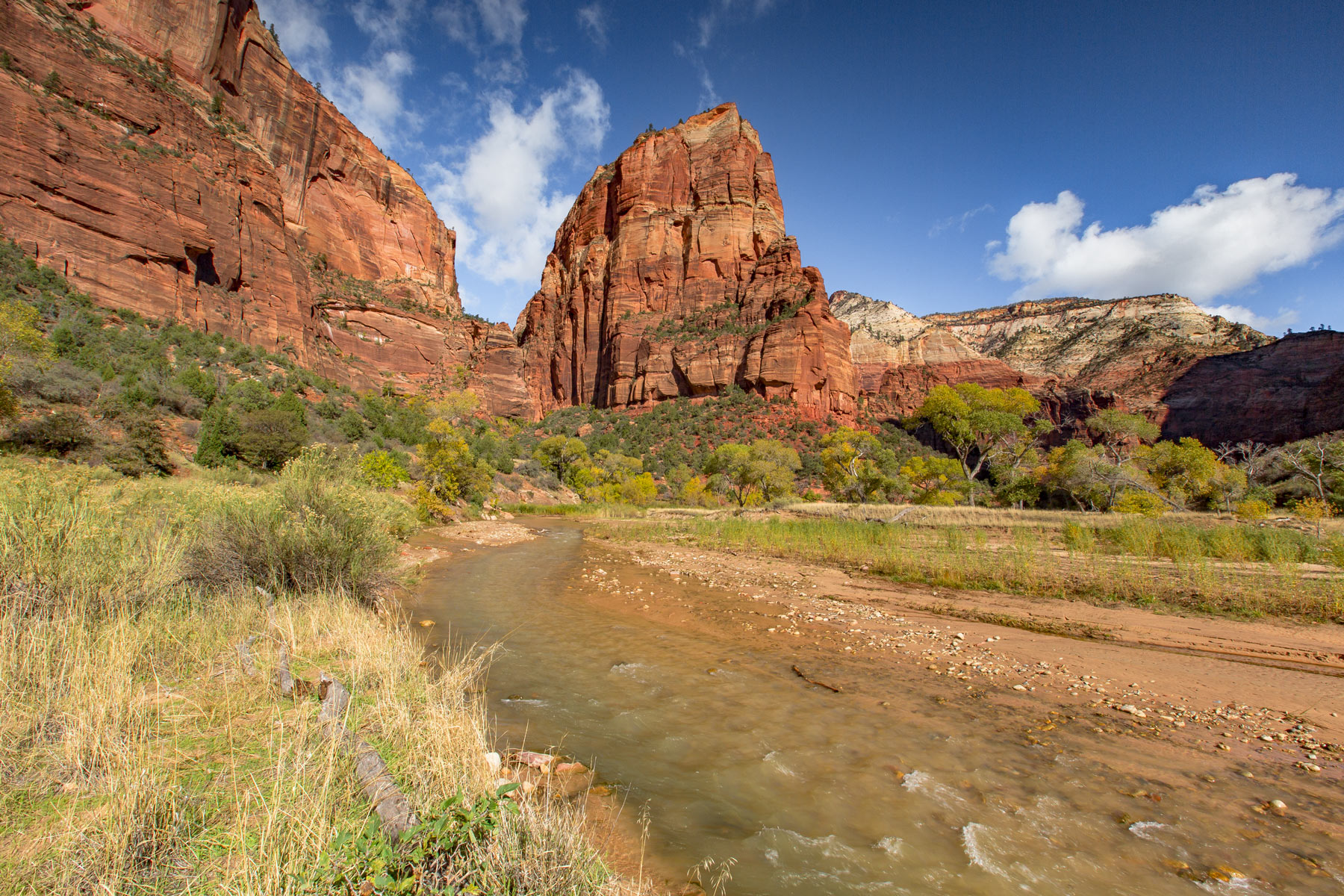
12. Watch Our Amazing Zion Film
The final Zion National Park Fact is my absolute favorite though I must confess to being a bit biased.
More Than Just Parks has made a wonderful short film highlighting Zion National Park and you’re invited to see it.
ZION is the culmination of nearly a month spent exploring Zion National Park during peak fall color. Exquisitely carved by the Virgin River over millions of years, Zion Canyon is one of the most stunning places on earth. But don’t stop there!
This park has so much more to offer outside of the main canyon. Golden meadows, sweeping vistas, red rock mountains, towering white temples, and powerful ancient rivers comprise this incredible treasure.
Filmed primarily in stunning UHD 8K. We chose to capture this film in Autumn to showcase the stunning and little known fall color of Zion National Park. Fall is also a time when visitation dies down from peak summer months and one can find more solace in the park.
Why Trust Us About Zion National Park?
We’re Jim Pattiz and Will Pattiz, collectively known as the Pattiz Brothers (and sometimes the Parks Brothers) and we absolutely LOVE the national parks.
You should probably know that we don’t just make this stuff up out of thin air. We’ve spent our entire adult lives exploring and filming America’s national parks and public lands.
We’ve worked with the National Park Service, the Department of Interior, USDA, and the U.S. Forest Service for years creating films on important places and issues. Our work has been featured in leading publications all over the world and even some people outside of our immediate family call us experts on the national parks.

Meet The Parks Brothers
Map Of Zion National Park
List Of Zion National Park Facts
- People Have Lived In & Around Zion Canyon For Thousands Of Years
- A Prominent American Archaeologist Unlocked Our Understanding Of Zion’s Past
- An Artist & Topographer Helped To Immortalize The Park
- Some Of The First European Settlers To Inhabit Zion Were The Mormons
- An American President Marveled At The Wonders Of Zion National Park
- Zion Is Home To A Diverse Array Of Wildlife
- Zion Includes One Of The World’s Largest Freestanding Arches
- The Park Features Some Amazing Hiking Trails
- Zion Features One Of The Greatest Engineering Feats Of All Time
- The Park Features A Place With Spectacular Views, But It’s Also A Dangerous Place Too
- Zion Is A Great Place To Go Climbing
- More Than Just Parks Made An Amazing Film At Zion & You’re Invited To See It
We Hope You’ll Follow Our Journey
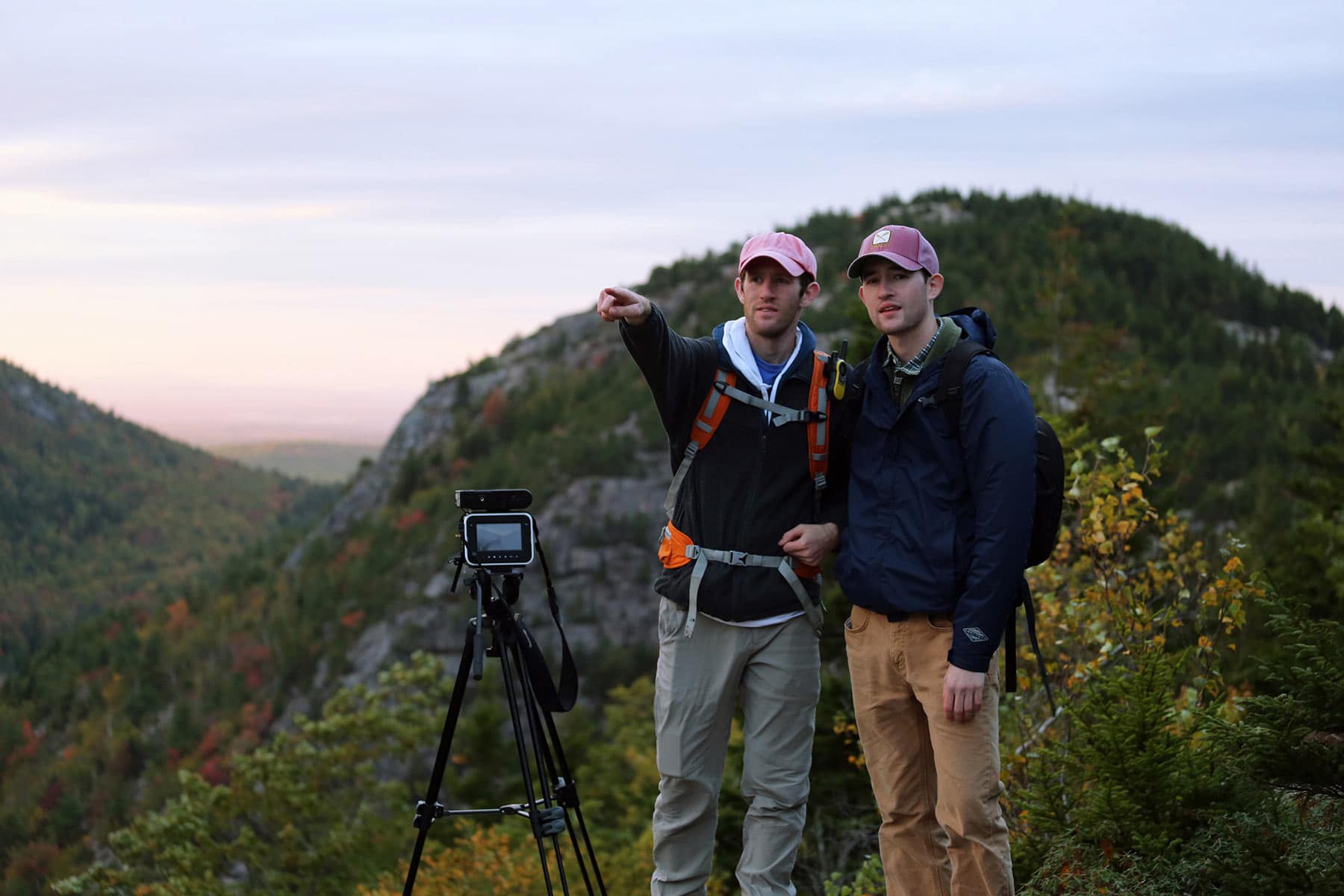
Our goal here at More Than Just Parks is to share the beauty of America’s national parks and public lands through stunning short films in an effort to get Americans and the world to see the true value in land conservation.
We hope you’ll follow our journey through the parks and help us to keep them the incredible places that they are. If you’re interested in joining the adventure then please sign up below!
Helpful Related Articles
Things to Do Canyonlands: 20 Epic Things to Do in Canyonlands National Park
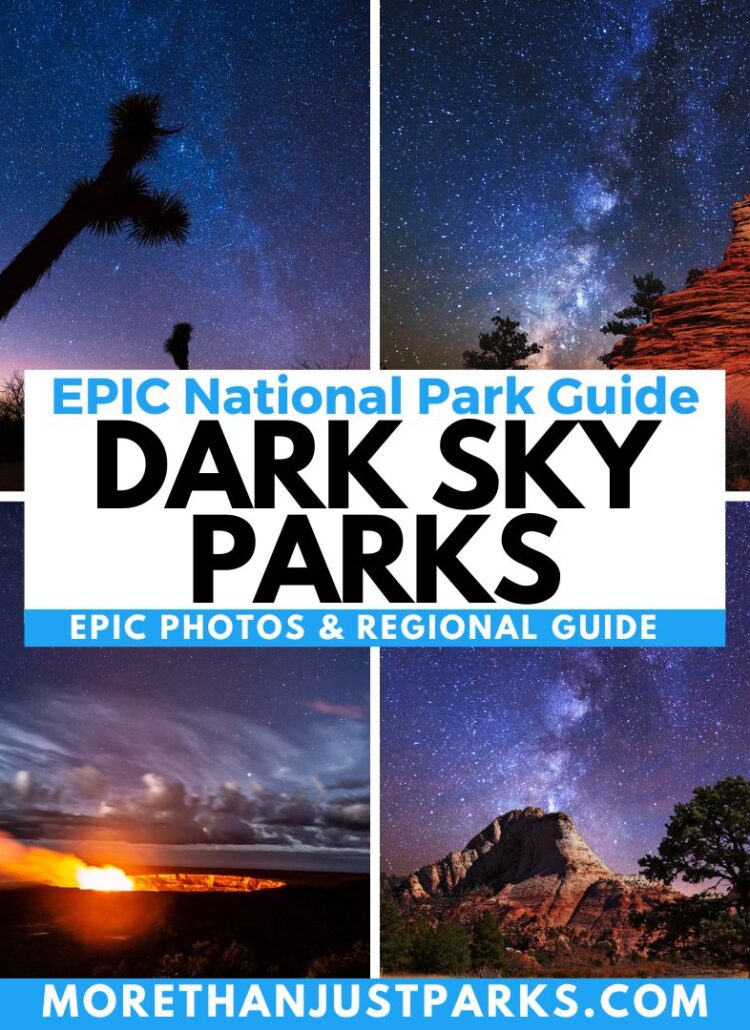
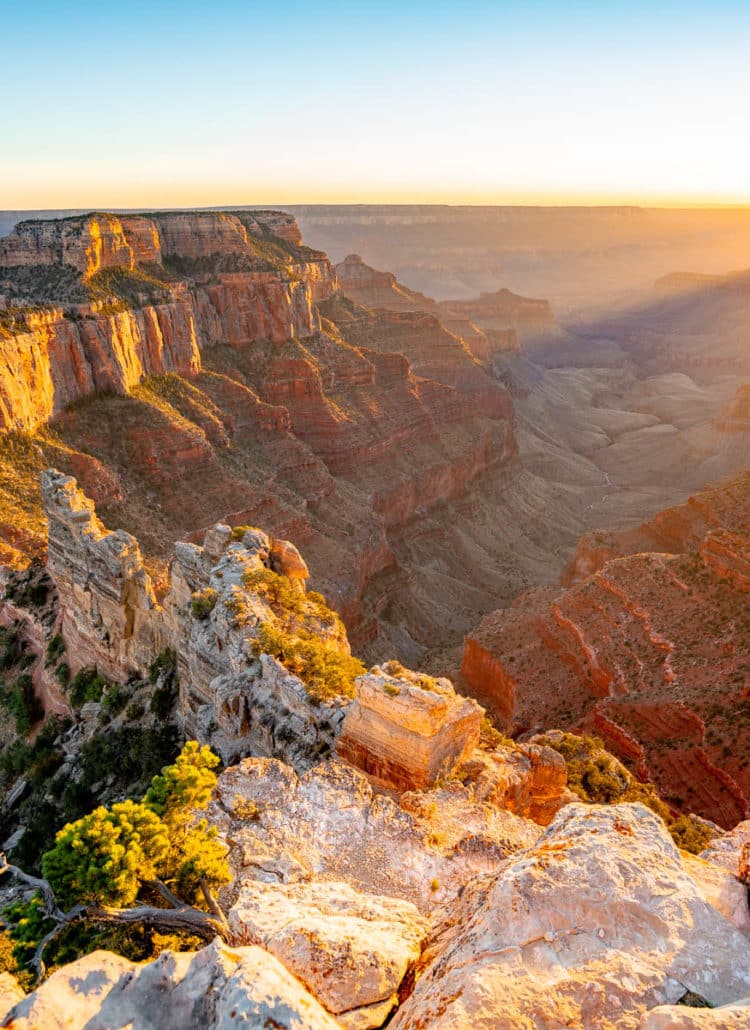
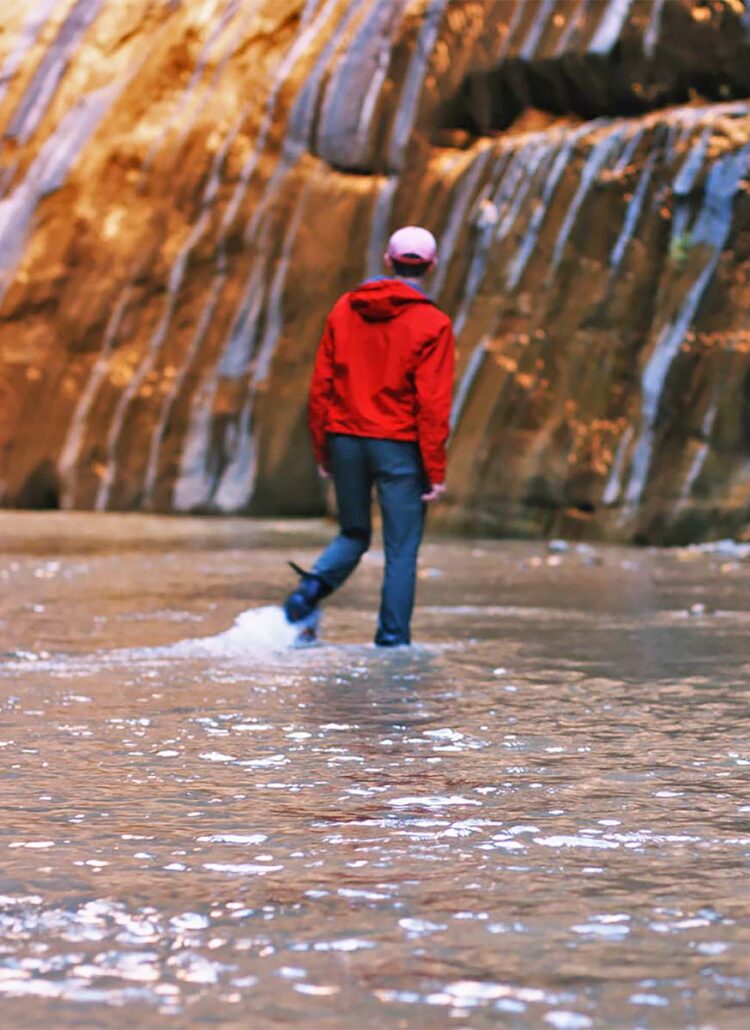
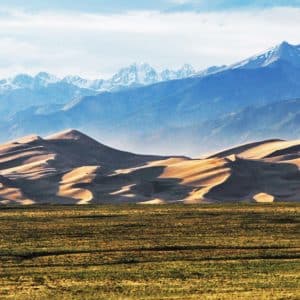

Leave a Reply